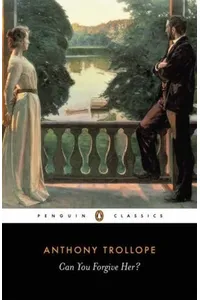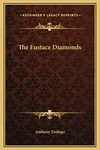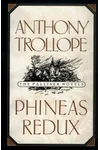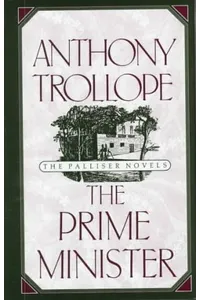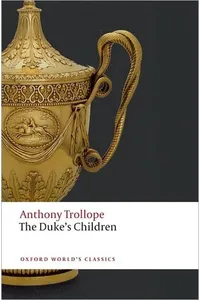Step into the captivating world of the Palliser series, where political intrigue, tangled romances, and Victorian high society collide in Anthony Trollope’s masterful political fiction! This six-novel saga follows the stoic yet noble Plantagenet Palliser and his spirited wife, Lady Glencora, as they navigate the corridors of power in 19th-century England. With sharp wit and keen insight, Trollope crafts a timeless portrait of ambition, love, and duty that still resonates today.
Unlike the fantastical realms of fantasy or the gritty streets of modern thrillers, the Palliser novels invite readers into the polished drawing rooms and smoky chambers of Parliament, where every decision ripples through society. Ready to explore a world where words are as powerful as swords? Let’s dive into Trollope’s enduring masterpiece!
How the Palliser Series Began
Anthony Trollope, a prolific Victorian novelist and civil servant, penned the Palliser series between 1864 and 1880, drawing on his deep understanding of British politics and society. Inspired by his own experiences in government and his fascination with human behavior, Trollope created the series as a counterpart to his Barsetshire Chronicles, shifting from rural clergy to the urban elite. The Pallisers, initially introduced in the Barsetshire novel The Small House at Allington, grew into a sprawling saga that Trollope considered the pinnacle of his work, blending political drama with personal struggles.
The Heart of the Palliser Series
The series comprises six novels, each weaving politics and personal drama. Can You Forgive Her? (1864) kicks off with Alice Vavasor’s romantic indecision and Lady Glencora’s rocky marriage to Plantagenet, setting the stage for themes of duty versus desire. Phineas Finn (1869) follows the charming Irish MP Phineas as he navigates love and ambition in Parliament, showcasing Trollope’s knack for political satire. The Prime Minister (1876) sees Plantagenet at the height of power, grappling with coalition politics and his wife’s social schemes, while The Duke’s Children (1880) explores his grief as a widower guiding his rebellious offspring.
Trollope’s genius lies in his richly drawn characters and incisive themes. The series probes the tension between personal inclination and societal expectation, particularly for women like Glencora, whose wit and defiance challenge Victorian norms. Political corruption, class dynamics, and the role of money permeate the narratives, all set against the vivid backdrop of London’s elite and the Reform Bill era. Trollope’s conversational style and psychological depth make these novels both accessible and profound, blending humor with sharp social commentary.
Why the Palliser Series Resonates
The Palliser novels remain a touchstone for political fiction, offering a lens into Victorian England’s power structures that still feels relevant. Their nuanced exploration of gender, power, and morality has inspired adaptations, including the 1974 BBC series The Pallisers and modern radio dramas. Fans, from Victorian readers to contemporary scholars, praise Trollope’s ability to humanize the political, making complex issues relatable. The series’ enduring appeal lies in its universal themes—ambition, love, and the struggle to do right in a flawed world.
- About the Palliser Series
- Publication Years: 1864–1880
- Number of Books: Six
- Key Characters: Plantagenet Palliser, Lady Glencora, Phineas Finn
- Notable Adaptation: 1974 BBC series The Pallisers
Grab Can You Forgive Her? and dive into the Palliser series’ world of wit, power, and heart! Whether you’re a history buff or a romance enthusiast, Trollope’s saga promises a journey through a bygone era that feels thrillingly alive.
